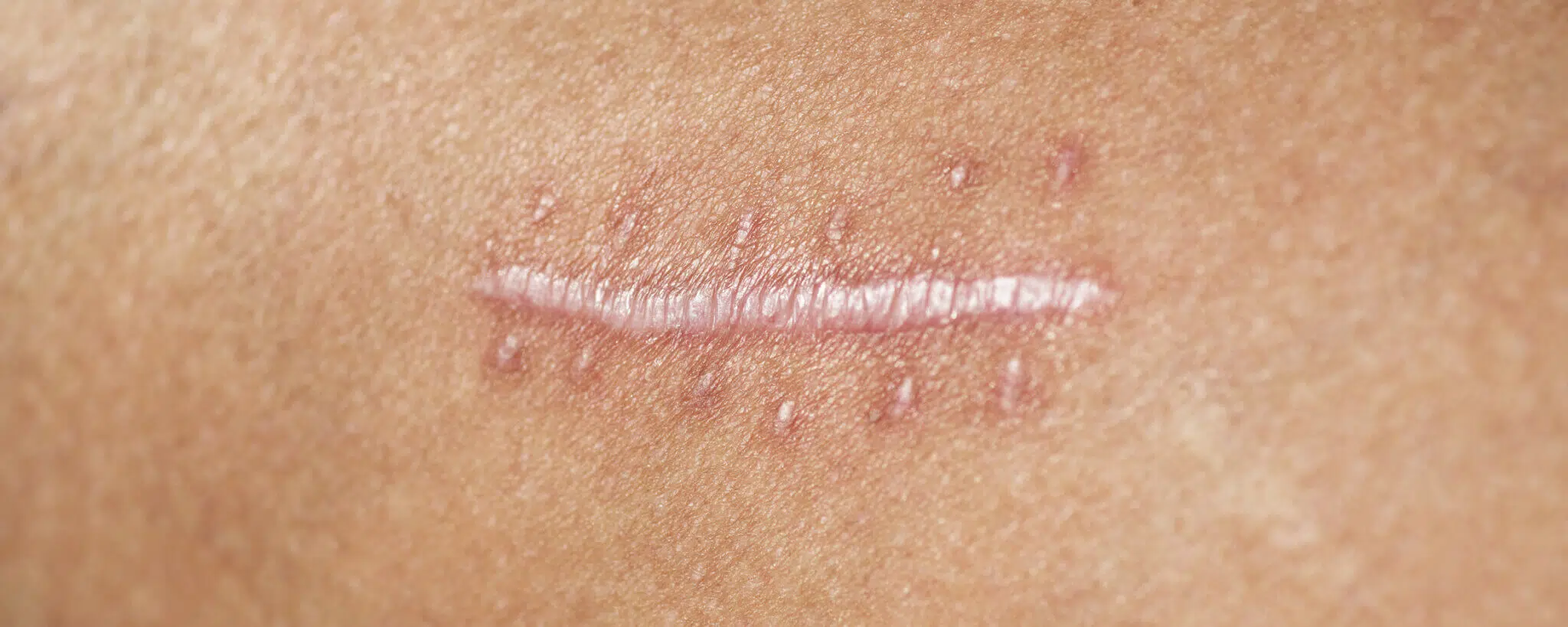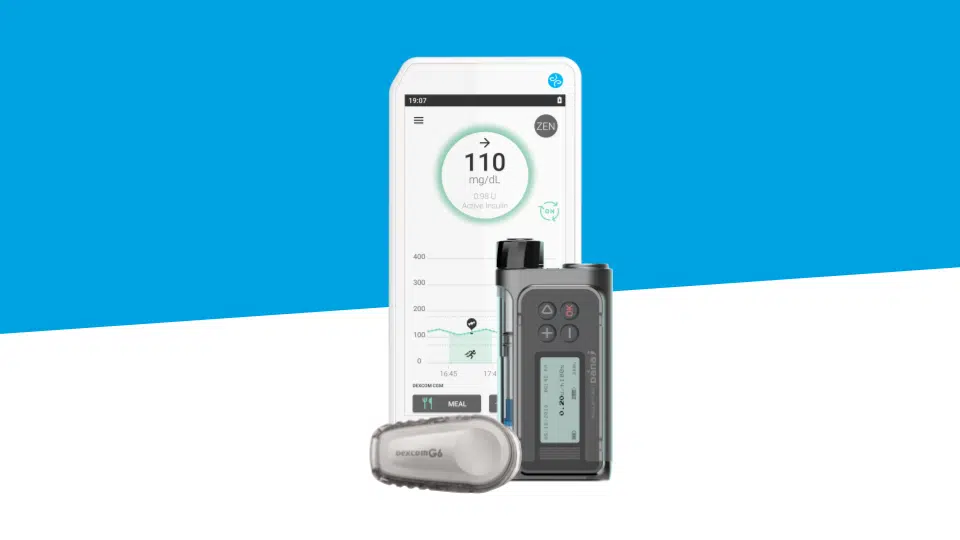
Type 1 Diabetes And Wound Healing
Why does Type 1 diabetes cause slow healing?
In people living with diabetes, chronic hyperglycemia can be responsible for delayed wound healing and chronic wound formation. In fact, hyperglycemia affects the functioning of the cells involved in the healing process and leads to a decrease in their activity.
Is it important for Type 1 diabetes to be balanced for wounds to heal well after surgery?
Apart from the chronic complications of diabetes that can occur during an operation, there is a risk of infection during or after the operation, which is greater than in the general population.
Medical teams, therefore, strive to have good glycemic control from the moment the patient is admitted to the ward and throughout anesthesia, the operation period, and the recovery phase. This may require the administration of intravenous or subcutaneous insulin or its adaptation according to established protocols.
It is important to remember that even though Type 1 diabetes is usually well-controlled, the acute situation induced by surgery can cause metabolic stress that will then accentuate hyperglycemia.
The glycemic objectives proposed in the perioperative period are now well established and aim to reduce blood sugar levels to between 80 and 180 mg/dl (see ADA 2020); except in special cases, it is, therefore, not recommended to aim for a stricter glycemic target during this period, in order to avoid the risk of more hypoglycemia, which could then have a deleterious effect, particularly at the cardiovascular level.
The skin is an organ
Our skin is an organ that provides an outer covering. It has its own special functions.
The surface layer, the epidermis, provides protection against injuries, the environment (ultraviolet sunlight) and infections (bacteria, viruses, yeast).
The epidermis rests on a second layer: the dermis. It is composed of a large number of elastic fibers (collagen), nerve endings (touch, pain signals), blood vessels (nutrients, immunity) and contains the base of the hair and its appendages. The body regulates its internal temperature, either by sweating to cool down or by shivering to produce heat.
Hormones, such as vitamin D, are produced in the skin.
Skin is also used in a number of relational expressions: “comfortable in your own skin, thin- or thick-skinned, etc.”¹
What are the different types of wounds?
An “acute wound”, the most common type of injury, is usually defined as one that heals in about three weeks.
When the healing time is prolonged (a wound that has been healing for more than four weeks), it is called a “chronic wound”. Examples include pressure sores, ulcers and diabetic foot sores. There are often local or general factors that delay healing.
Some wounds may be “emergencies” because they put life or organ function at risk. Therefore, they require very urgent, specialized care.
What is the skin’s response to a wound?
A wound is a break in the continuity of skin tissue, as a result of an accident (injury, burn), disease or surgery.
A wound heals in 4 progressive stages: the first phase stops the flow of blood (hemostasis), the second cleans the tissues (inflammation), the third closes and restores the skin (granulation and contraction), and the last phase finishes and restores the skin’s resistance (maturation), which takes about a year².
What factors are likely to influence the healing process?
The factors involved in wound healing can be grouped into 4 categories:
- Patient-related factors (age, diseases including Type 1 diabetes, obesity, undernourishment, multiple pathologies, treatments, pain, psychology, smoking habits);
- Wound-related factors (duration of healing, location on the body, size, depth, vascularity, appearance, infection, response to treatment);
- Skills and knowledge of health care professionals;
- Resources and treatment-related factors (health care system, availability, health insurance, social isolation).
Delayed healing can occur if one or more factors are insufficiently managed in the healing process, such as Type 1 diabetes, for example³.
BIBLIOGRAPHY.
¹Plaies et cicatrisations by S. Meaume, L. Téot, O. Dereure. Elsevier Masson (November 2, 2005)
²Kane D. Chronic wound healing and chronic wound management. In: Krasner D, Rodeheaver GT, Sibbald RG, editors. Chronic Wound Care: A Clinical Source Book for Healthcare Professionals. 4th ed. Wayne: Health Management Publications; 2006. p. 11–24.
³Hard-to-heal wounds: a holistic approach. EWMA. 2008 https://ewma.org/fileadmin/user_upload/EWMA.org/Position_documents_2002-2008/EWMA_08_Eng_final.pdf







